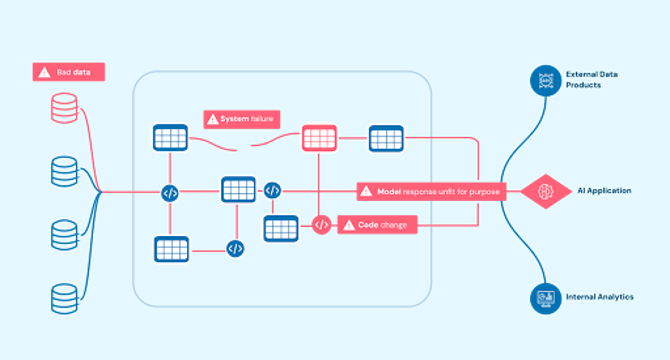Towards Data Science
1M
430

Image Credit: Towards Data Science
2026 Will Be The Year of Data + AI Observability
- Based on trends and conversations with industry teams, 2026 is predicted to be the year of Data + AI Observability.
- Enterprise adoption of data + AI applications is escalating due to the need for reliability and value creation.
- Data + AI presents more complex challenges than previous technological shifts, emphasizing the importance of reliability and economics.
- Historically, technology advancements require increased reliability to meet growing demands, similar to the evolution seen in cloud computing and big data.
- The progression from basic data usage to advanced AI applications mirrors past tech transitions that evolved with enhanced observability.
- Anticipated advancements in AI tools indicate a significant impact in 2026, aligning with the projected rise of data + AI observability.
- Major challenges faced by Data + AI teams include data readiness, system sprawl, and establishing effective feedback loops.
- Concerns around costs, latency, and scalability hinder full-scale adoption of AI, urging organizations to address financial implications and outcome reliability.
- Achieving reliability in data + AI systems necessitates comprehensive observability across all components for early issue identification and resolution.
- The merging of data and AI technologies highlights the need for integrated observability mechanisms to ensure system integrity and performance.
- Organizations must prepare for the industry shift towards data + AI reliability to stay competitive and agile in the evolving technological landscape.
Read Full Article
26 Likes
For uninterrupted reading, download the app